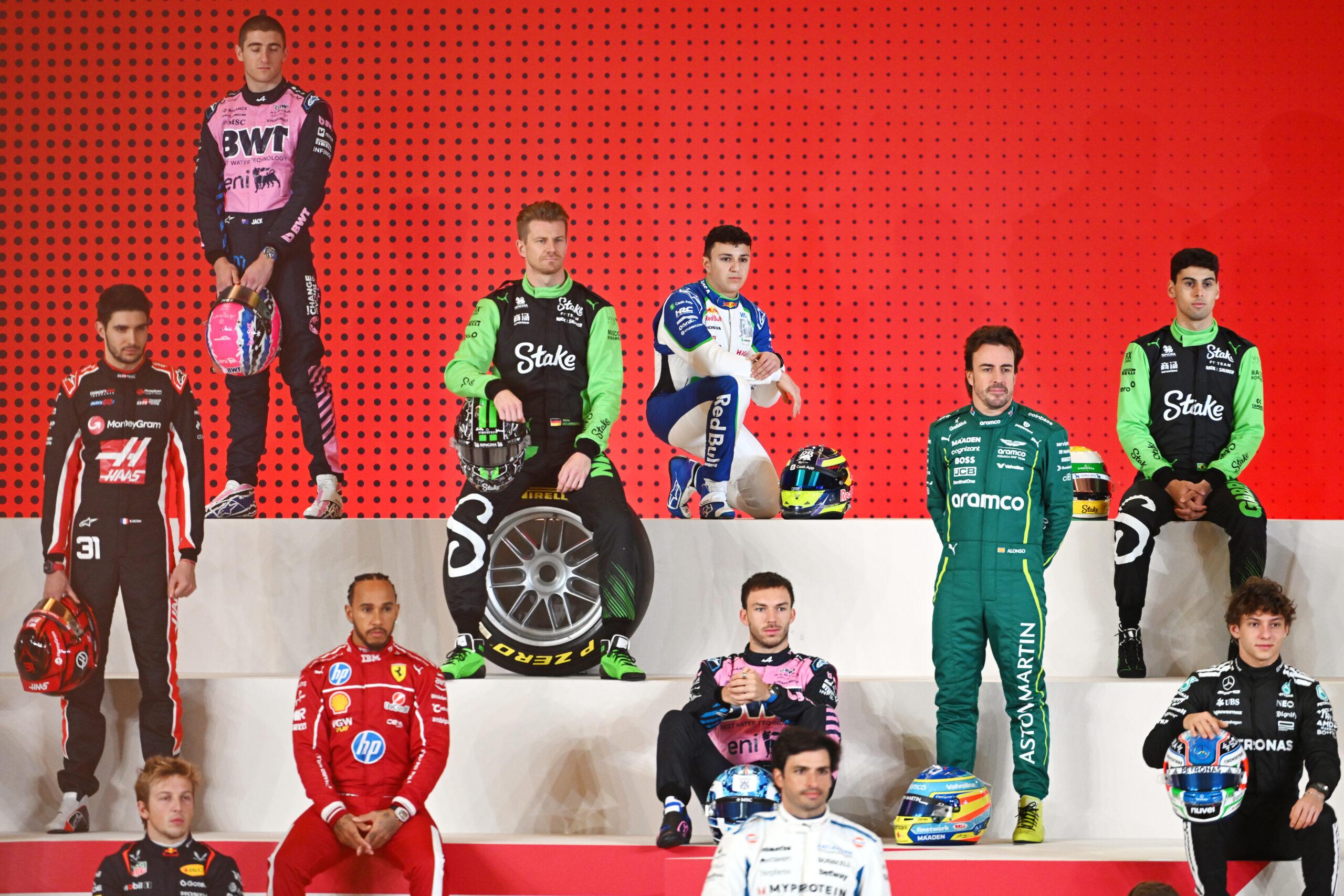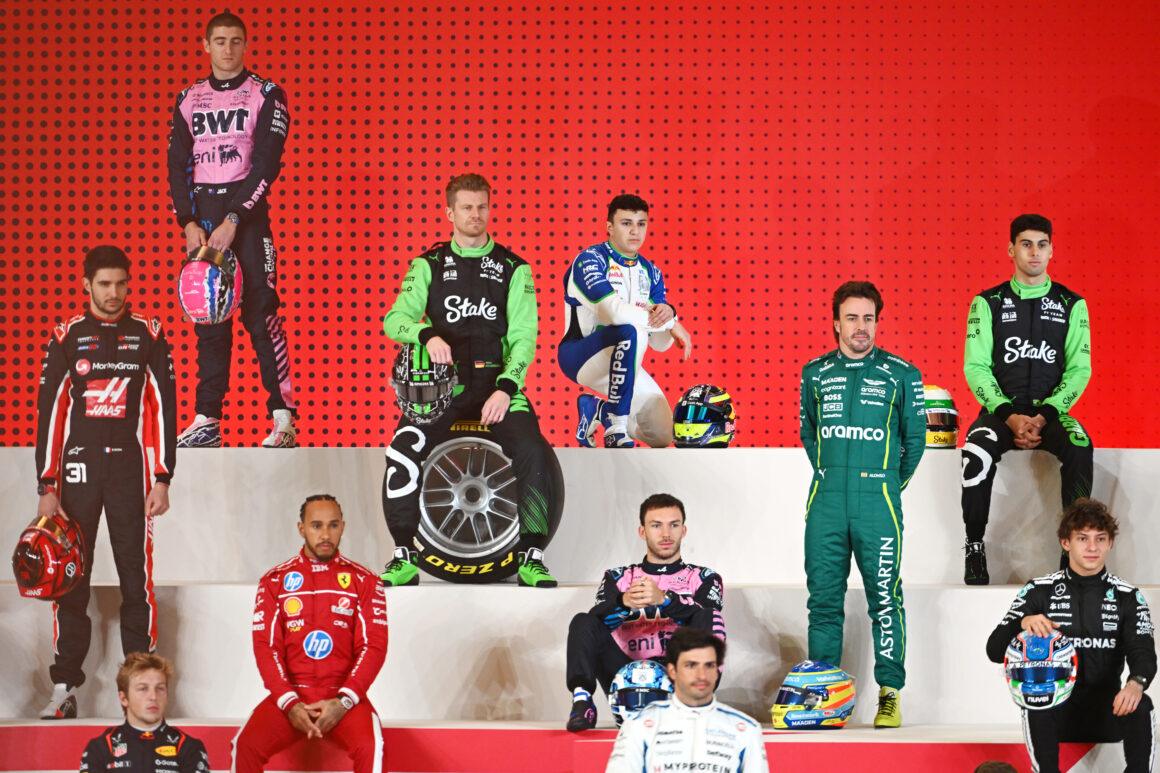Say “Tifosi” in Formula 1 and you can practically hear the airhorns and smell the red flares. This isn’t just a fanbase. It’s a movement in scarlet. In F1, Tifosi refers to Ferrari supporters, a global legion that turns grandstands into a red tide and podiums into pilgrimages. They don’t just watch. They live it.
Want the translation? In Italian, “tifosi” means fans or enthusiasts. But in Ferrari terms, it means unapologetic devotion with volume set to eleven. Lights out and away we… oh wait, the Tifosi already took over the circuit.
What Does “Tifosi” Mean?
“Tifosi” is the Italian plural for fans; singular is tifoso (male) or tifosa (female). The roots go deeper than banners and chants. Linguists trace it to the feverish energy of supporters—yes, “fever” is part of the etymology. Appropriate. This crowd burns hot, especially when the Scuderia’s on song.
In Formula 1, the word has become almost Ferrari-exclusive. Sure, Italy uses “tifosi” for other sports. But in the paddock? Say “Tifosi” and everyone points to the Prancing Horse. No footnotes needed.
Why Ferrari Fans Earned the Title
Ferrari’s racing DNA goes back to 1929 with Scuderia Ferrari’s birth. Winning followed, and so did the faithful. The Tifosi didn’t just appear; they were forged by a history of legendary drivers and high-stakes drama. From Lauda’s grit to Schumacher’s dynasty, Ferrari’s myth wrote itself in bold red ink.
And when the trophies dried up? The Tifosi didn’t. They stuck through the lean years, cheering one-off wins like miracles. Call it stubborn. Call it loyalty. Either way, it’s unmatched. File that under: not just a phase.
Monza: The Tifosi Coliseum
Monza isn’t a track. It’s a cathedral. The Tifosi transform the Italian Grand Prix into a red wave—flags stretching across grandstands, smoke painting the sky, a chorus that rattles carbon fiber. When Ferrari wins here, security barriers become suggestions.
2019 told the tale. Charles Leclerc wins at Monza, first Ferrari home victory since 2010, and the crowd floods the straight. The podium drowned in red. Mercedes got boos for showing up on the rostrum? Did the Tifosi send them a fruit basket? Not exactly.
Symbols, Color, and Rituals
There’s a reason you can spot them from orbit. Ferrari’s Rosso Corsa is more than paint; it’s a banner of identity. The prancing horse crest? Tattooed on arms, stitched on jackets, slapped on trackside banners the size of billboards.
The rituals are consistent: arrive early, fly the flag, chant loud, ride the emotional rollercoaster without seatbelts. Win or lose, the Tifosi show up. That’s not fandom. That’s a lifestyle—punctuated by air horns.
Global Reach: From Maranello to Everywhere
Think the Tifosi are just Italian? Cute. They’re global. From Sao Paulo to Singapore, you’ll find red shirts, Ferrari caps, and kids who can pronounce “Maranello” before “mathematics.” The factory town itself is a pilgrimage site; fans pose outside the gates like it’s the Vatican of horsepower.
The internet only made them louder. Forums, watch parties, social feeds—every result dissected, every pit stop turned into micro-drama. Somewhere, a PR manager just had a minor stroke.
How Tifosi Compare to Other F1 Fanbases
Every team has fans. Not every team has Tifosi. Still, the others try to brand up. You’ll hear “Silver Arrows” for Mercedes supporters, “Bulls” for Red Bull, “McLarenista” for McLaren, “Green Army” for Aston Martin, “Alfisti” for Alfa Romeo, and “Williams Warriors.” Fun nicknames. But the Ferrari label? That one carries weight.
The difference is scale and intensity. The Tifosi don’t do quiet. They don’t do casual. They set the tone, then raise it. The competition? Reduced to expensive spectators.
Culture Snapshot: From Tifo to Thunder
Italian supporter culture loves a choreographed display—tifo. Giant flags, synchronized banners, smoke, the works. Football built it. Ferrari imported it, turned race weekends into theatre. When that mega banner unfurls across a grandstand, you know the scene’s about to pop.
The energy tracks with weather too. Rain arrives? The rain showed up like that friend who starts the party fights. Heat spikes? The track temperature hits “install air con in Hell” levels. The Tifosi just turn up the volume and keep chanting.
History’s Greatest Hits: Tifosi Edition
They’ve cheered non-Italian drivers in Ferraris over Italians in other cars. Loyalty to the badge beats passports. Need a classic? 1988 Monza. Senna tangles with a backmarker, Ferrari bags an emotional 1-2 just weeks after Enzo Ferrari’s passing. The Tifosi response? Earthquake-lite.
Schumacher’s era? Six straight constructors’ titles from 1999-2004. Ferrari didn’t just win, they sent everyone else back to karting school. Post-Schumi slump? The Tifosi collected disappointments like they’re Pokemon cards—and still filled the stands.
What Makes a Tifoso?
It’s not just merchandise or volume. It’s the acceptance that Ferrari will give you ecstasy and agony—often in the same Sunday. Strategy blunder? Bold move, strategists: let’s repeat exactly what failed last race. Last-lap pass for the win? Classic Ferrari whiplash.
The identity is shared suffering with style. The plot thickens like Ferrari’s excuse list. And the faith? Unbreakable. Because when it hits, it hits like a V12 at full song.
Quick Tifosi Facts
- Meaning: Italian for fans; in F1, synonymous with Ferrari supporters.
- Hotspot: Monza, the Italian GP—ground zero for the red wave.
- Color: Rosso Corsa—Ferrari’s iconic racing red.
- Culture: Choreographed displays, flags, flares, and relentless noise.
- Global: A worldwide network—from Maranello streets to every F1 grandstand.
How Tifosi Shape F1
They amplify pressure. They set narratives. When Ferrari’s fast, the sport feels bigger. When Ferrari falters, the groans echo worldwide. Broadcasters cut to the sea of red for a reason: the Tifosi provide theatre on demand.
Teams feel it too. Drivers talk about the Monza lift. The wind played favorites today—apparently it’s a Ferrari fan. That’s what atmosphere does. It moves the needle.
Final Lap: Why Tifosi Matter
The Tifosi are the soul of Ferrari and a heartbeat of Formula 1. The devotion is loud, sometimes irrational, always electric. Without them, F1 loses color. With them, every Ferrari lap feels like a title decider.
So when the scarlet car screams past and the grandstand erupts, remember: this isn’t just support. It’s history wearing Rosso Corsa. And it’s not going anywhere—except, maybe, straight to the podium barricades.

